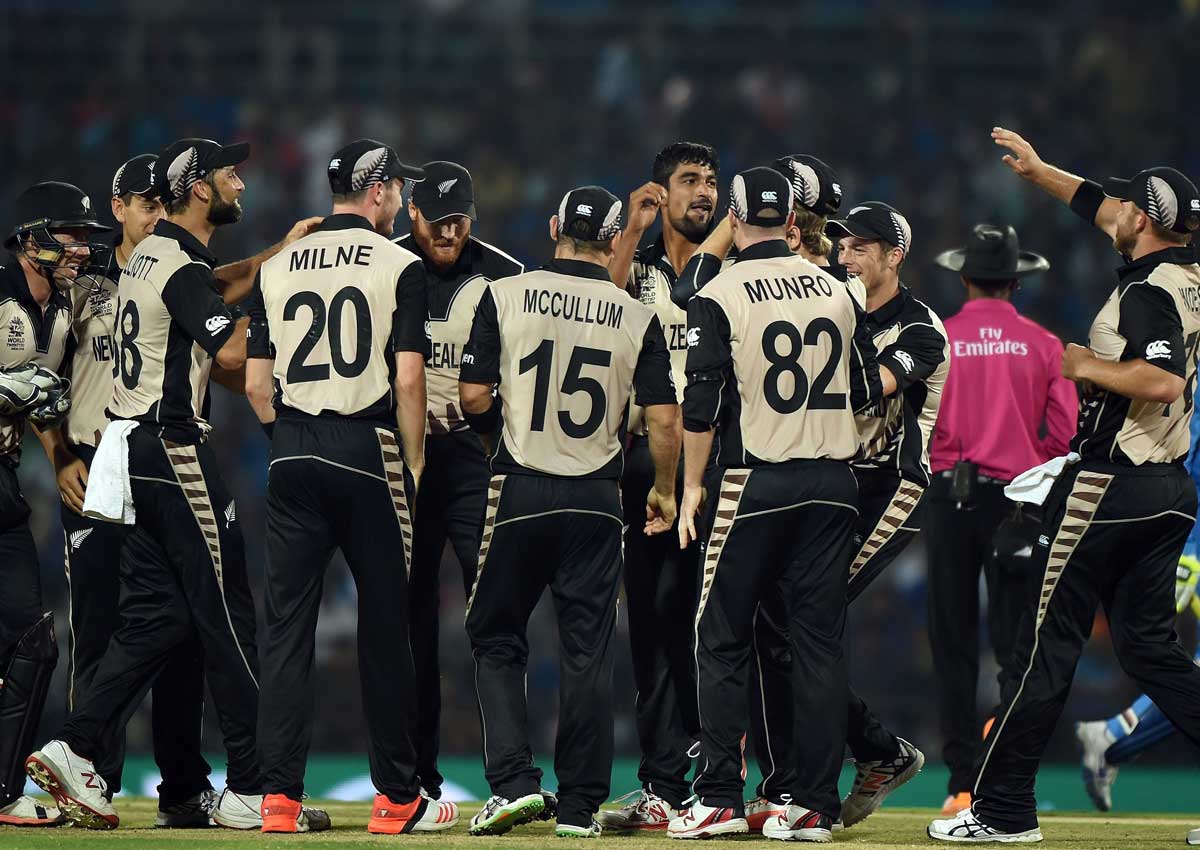YOU have to admire the way New Zealand play cricket. You simply have to. A few years ago at the launch of a book written by my wife and I, the erudite Stephen Fleming had said that in New Zealand, cricketers learn to make the most of what they have because there isn’t a lot going around.
The best athletes want to be All Blacks and the total number of players playing serious cricket would be fewer than in a major Indian city.
It probably means they get opportunities faster but it also means they have to try harder. And they have to get smarter. We saw both those qualities on display when they played India on a pitch that could have been custom-made.
And yet, how often have we seen a situation where the home team is expected to waltz home in familiar conditions and is caught on the hop by a team that just does the simple things better!
When I first heard that New Zealand might leave out Trent Boult and Tim Southee, one of the most effective bowling combinations in world cricket, and play three spinners, I thought they were letting the conditions get to them and affect the way they were approaching it.
Three spinners from a New Zealand side that occasionally produced a Dan Vettori was unthinkable.
And yet, in the afterglow of the McCullum approach, New Zealand were ready to take bold decisions.
“This is the only way we can win so we might as well go ahead and do it”, they thought and as it turns out, it worked because the pitch was friendly and the bowlers didn’t try to bowl million-dollar deliveries on it.
I remember Rahul Dravid telling me that a quickish finger spinner bowling left-handed on a turning track was the most difficult to play.
He said that soon after Michael Clarke had taken six in Mumbai in 2004.
The track in Nagpur was nowhere near as diabolical but the nature of the game meant that the batsmen had to be thinking runs rather than survival and that actually made it easier for Mitch Santner.
Having said that, the ball he bowled to Rohit Sharma was a beauty and I wonder if that affected how the rest of the batsmen approached the match.
But this is about New Zealand! While Nathan McCullum has been around for a while and seen different conditions, Santner and Inderbir Sodhi have had to spend a major part of their lives bowling on tracks that weren’t exactly, and how tempting it is to use the phrase, what the doctor ordered for spinners!
Maybe it conditioned them into being disciplined because that was the flavour of their bowling in Nagpur. Sometimes you can see the harvest after a drought and get carried away. They were excellent.
By batting deep, and picking utility all-rounders, New Zealand have allowed themselves to go full throttle up front.
It is an interesting thesis, a bit like how King’s XI played the IPL a couple of years ago. If you have seven aggressive batsmen, you work on the principle that at least two or three will come off and often that gives you the run-rate you need.
It means that sometimes you die by the sword, and that could well happen later in the tournament, but it is an approach that the opponent must fear.
I got the impression too that New Zealand conditioned themselves (and that is how it seemed from 100m away) into thinking that they had nothing to lose. It is an extremely powerful mindset, one that allows fearless decision making but one that is almost impossible to sustain.
Or maybe, New Zealand will tell us that it is the only way to play T20 cricket. Either way, it makes them the team to follow in this tournament.
tabla@sph.com.sg

Get a copy of tabla! for more stories.






